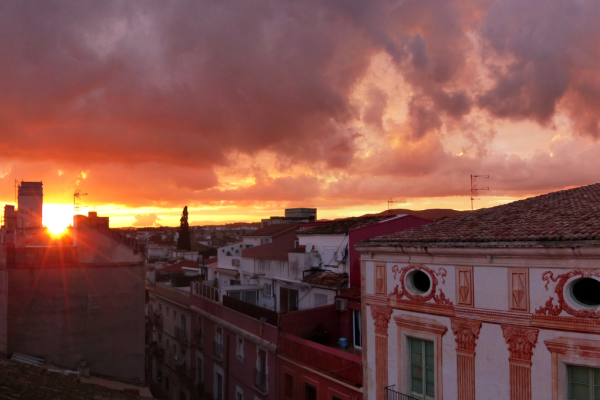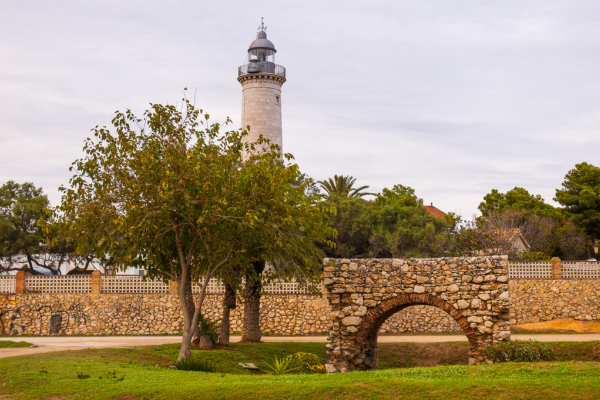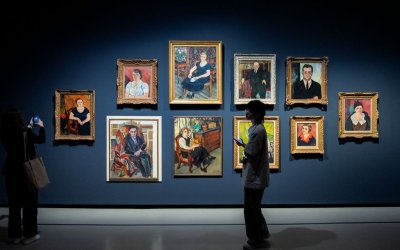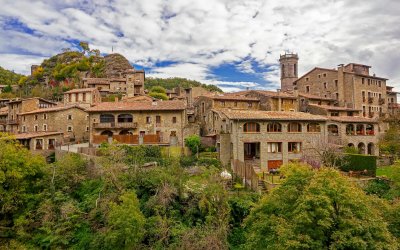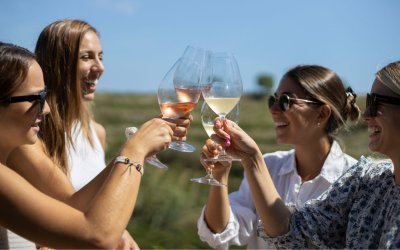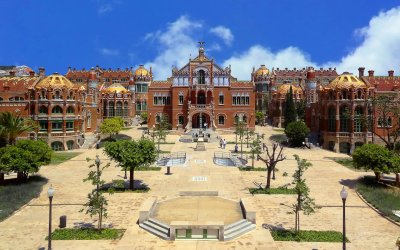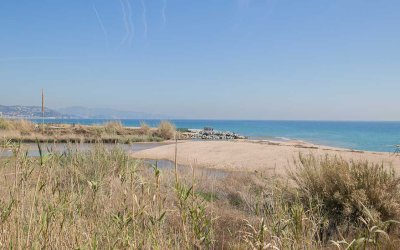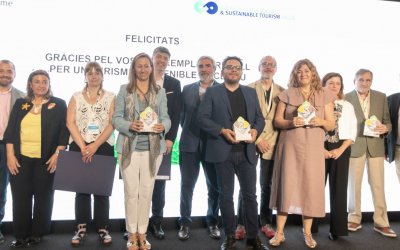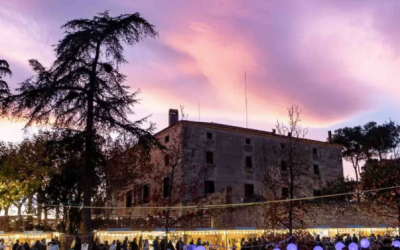Vilanova i la Geltrú, capital of Garraf, is a city with a thousand years of history and a strong link to the sea and Mediterranean culture. Its origin dates back to two historic centres: Geltrú, documented before the year 1000, and Vila Nova, founded in 1274 on land belonging to the neighbouring Cubelles. Today, this legacy coexists with a cultural, economic and tourist dynamism that makes Vilanova an attractive and sustainable destination.
With more than six kilometres of fine sand beaches, the city is committed to its role as a model of environmentally friendly tourism. The beaches are accessible, well cared for and are equipped with services that guarantee their conservation. Meanwhile, the promenade, which stretches from the hill of Sant Gervasi to Sant Cristòfol, invites you to discover Vilanova's relationship with the sea, from the Iberian and Roman vestiges of the village of Adarró to the modernist charm of the summer houses of the early 20th century.
A city with a rich historical and cultural heritage
Vilanova preserves a rich heritage that reflects its different stages of growth: from agriculture and fishing to the maritime trade of the 18th century and the industrialisation of the 19th and 20th centuries. Along the Ribes Roges promenade are points of interest such as the Torre Blava, an former Carlist fortress converted into an artistic space where the painter Josep Guinovart recreated his vision of the seafaring world. The Ribes Roges promenade leads on to the Carme promenade and then to the Marítim, which takes us to the most seafaring part of the town. Here you can find the Casa del Mar, which has large arched windows on its façade, as well as the traditional fishermen's houses, among which the Fassina stands out.
The fishing port of Vilanova is one of the most important in Catalonia, and still today it is possible to observe the arrival of the boats with the daily catch; a highly recommended activity if you visit the city. The Sant Cristòfol lighthouse, which houses the Espai Far and brings visitors closer to the maritime history of Vilanova, is also a must-see.
In the city centre, the Rambla is the heart of activity, surrounded by stately homes and local stores. The Plaça de la Vila recalls its Indiano past with a monument of Josep Tomàs Ventosa, while the Mercat del Centre, with more than half a century of history, is the best place to fill your basket with local products.
Among the cultural spaces are the Museu Romàntic Can Papiol, which evokes the life of a wealthy family of the 19th century, and the Biblioteca-Museu Victor Balaguer, an impressive building in the form of a temple, with neo-Egyptian and neo-Greek décor, and which houses an outstanding and extensive art collection. Another must-see in the city is the Museu del Ferrocarril, which houses one of the largest collections of locomotives in Europe.
Responsible tourism and local expertise
Vilanova i la Geltrú is committed to its role as a model of sustainable tourism, based on the preservation of natural and cultural heritage. Its beaches uphold environmental conservation and accessibility protocols, and its cultural spaces promote local tourism that respects the city's identity.
The destination invites you to travel around on foot or by bicycle, with routes that connect the seafront with historic neighbourhoods and Garraf's natural areas. It is also an ideal place to enjoy the local gastronomy, with fresh fish from the fish market, local produce and numerous gastronomic events that take place throughout the year, such as the Ruta del Xató (Xató Route). This gastronomic proposal unites the tradition of a unique dish in the world, the tasty xató, with the wines of the DO Penedès and Garraf.
The city is also a cultural benchmark with music festivals such as the Vida Festival and El Tingladu, which, year after year, feature current international and local artists. However, popular and traditional culture also has a prominent place in Vilanova's festive calendar. Other than the Fiestas de Sant Antoni and the Festa Major, the most symbolic event, with more than 250 years of history, is Carnival. Declared a Heritage Festival of National Interest, it is one of the few Catalan carnivals that survived Franco's dictatorship and remains true to its satirical and popular spirit.
Just a few minutes from the centre, the Masia d'en Cabanyes and its natural environment are an oasis of calm and culture. This space houses the Centro de Interpretación del Romanticismo (Romanticism Interpretation Centre) where you can enjoy walks surrounded by nature, with extraordinary views over the city and the sea, all in the shade of the adjacent and centenary monumental tree, the Pi Gros.
With its rich heritage, well-kept beaches, diverse cultural offer and a clear commitment to sustainable mobility and responsible tourism, Vilanova i la Geltrú is deemed an ideal place to discover the Mediterranean. Here, time stops so that you can enjoy the calm, the sea and the culture, with the guarantee that every step contributes to preserving the natural and historical legacy for future generations.

